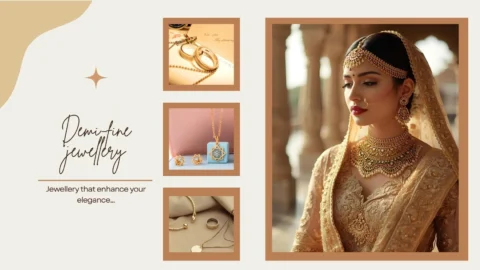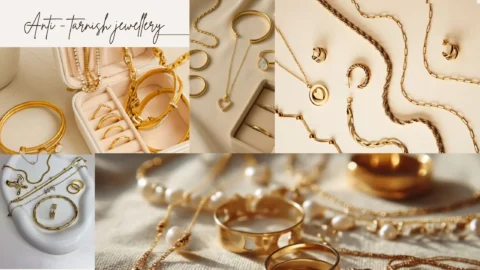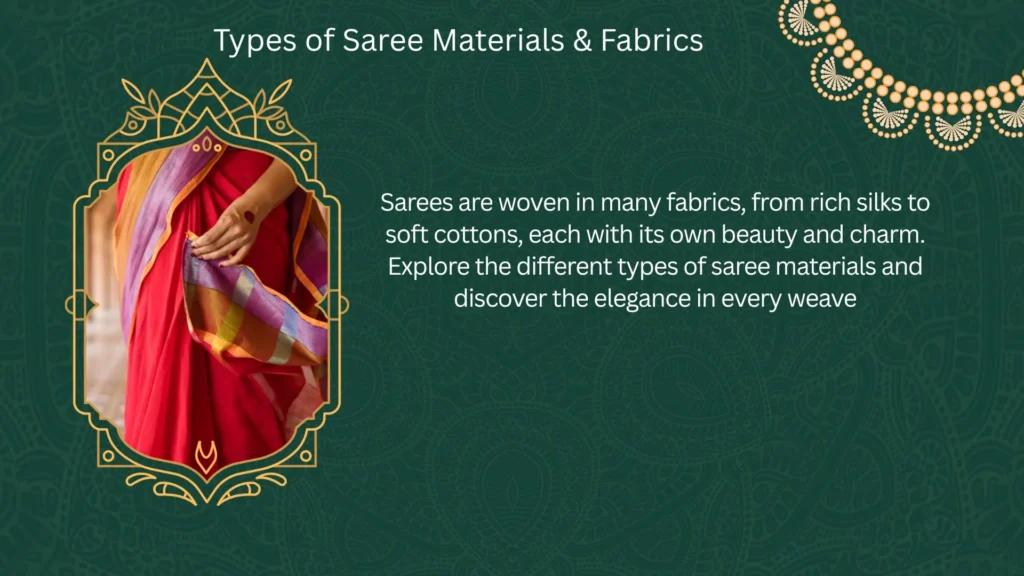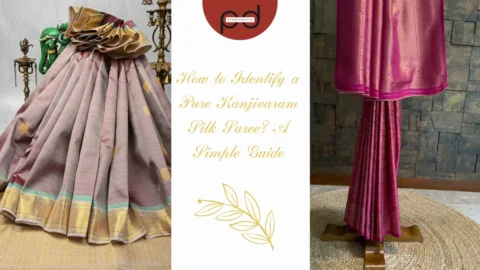Saree Material & Fabric: Discover the different types
INTRODUCTION
Indian women consider saree as an important traditional attire . Across India ,women drape it in a different style. Artisans make saree from various type of saree material & fabric and each material highlight its charm and the charm and beauty of each material highlight themselves . women know saree as one of the oldest and most graceful form of clothing. In every city, women wear different type of sarees, and the richness of Indian culture reflect through them. Each saree carries a unique style of draping , and people vary the fabric and material are according to region.
Traditional Types of saree material & Fabric In Indian Culture
1. Silk fabric
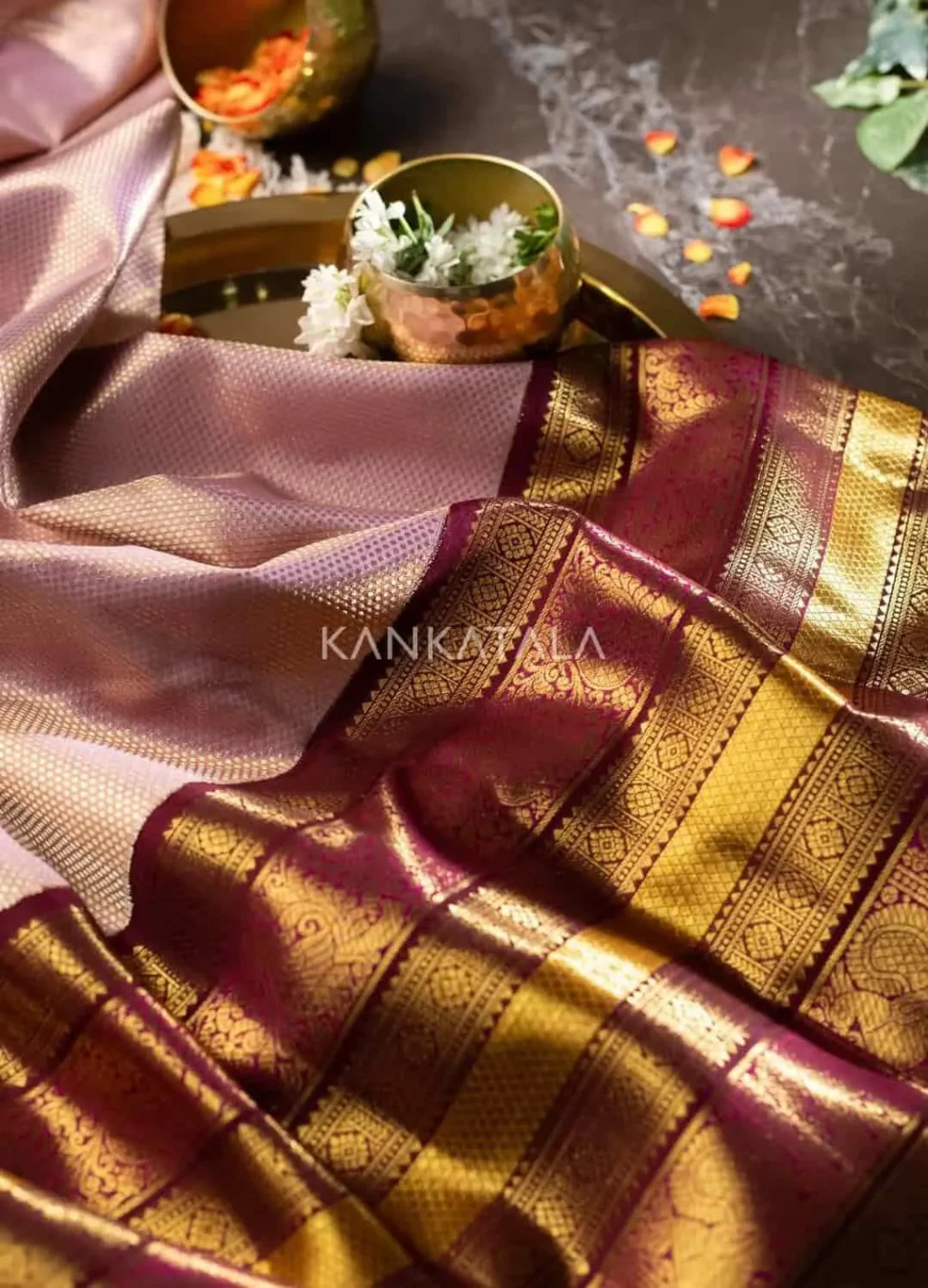
People refer silk as the “Queen Of Fabrics”. Silkworm produce silk from the cocoon , and people wear it on special occasions. Experts recognise four types of silk Tussar , Mulberry ,Eri and Muga.
2. Cotton Fabric
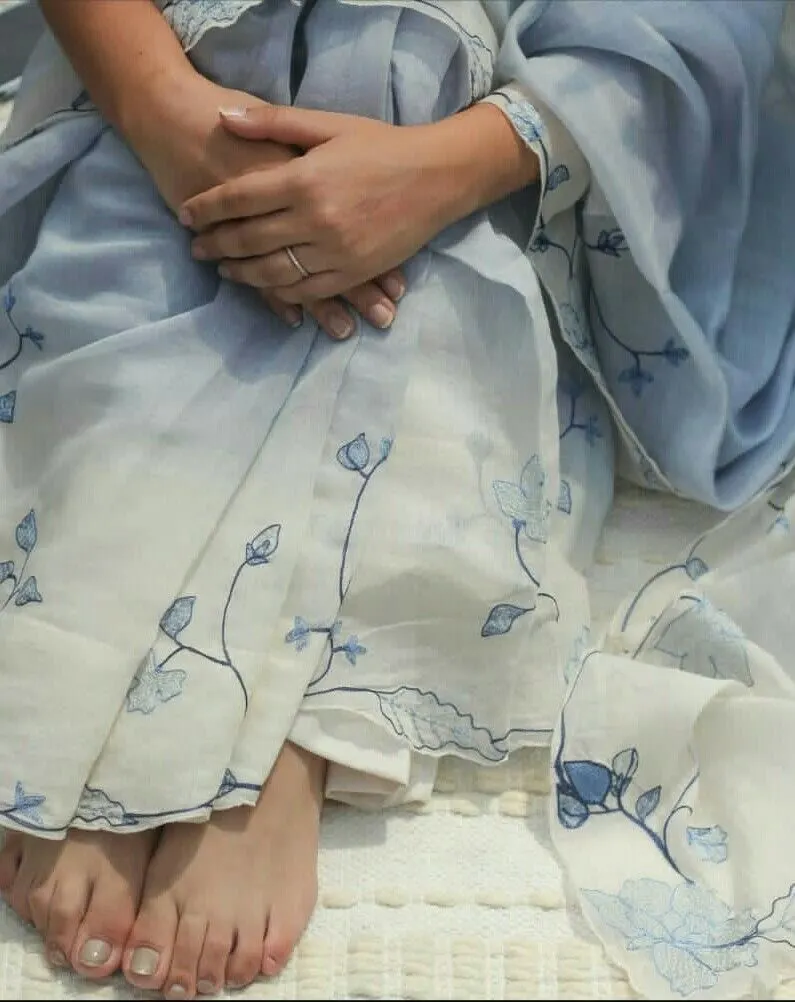
The cotton fabric feels very comfortable and breathable. It looks simple yet gives luxurious vibe. People wear cotton mostly in every day outfit ,especially in warm climates.
3. Georgette Fabric
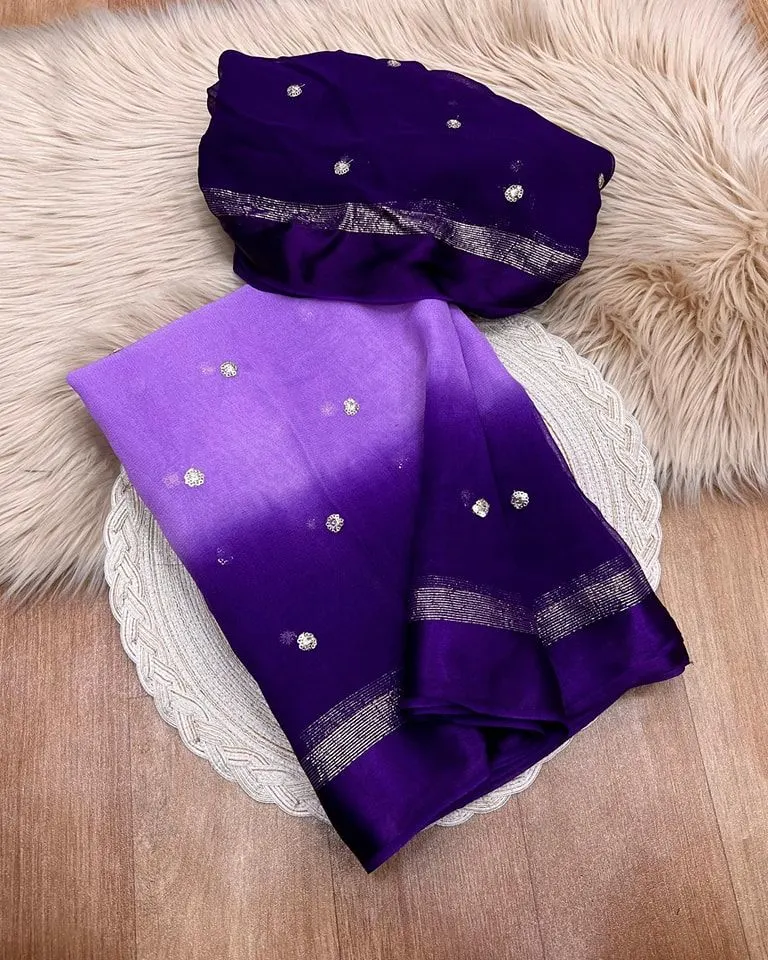
Georgette fabric feels very lightweight sheer and comfortable , which helps the saree drape well. It has a crinkled texture and is dye-friendly. People also consider georgette a good fabric for summer because it has flowy texture . Types of georgette include silk georgette ,polyester georgette , viscose georgette and faux georgette.
4.Chiffon Fabric
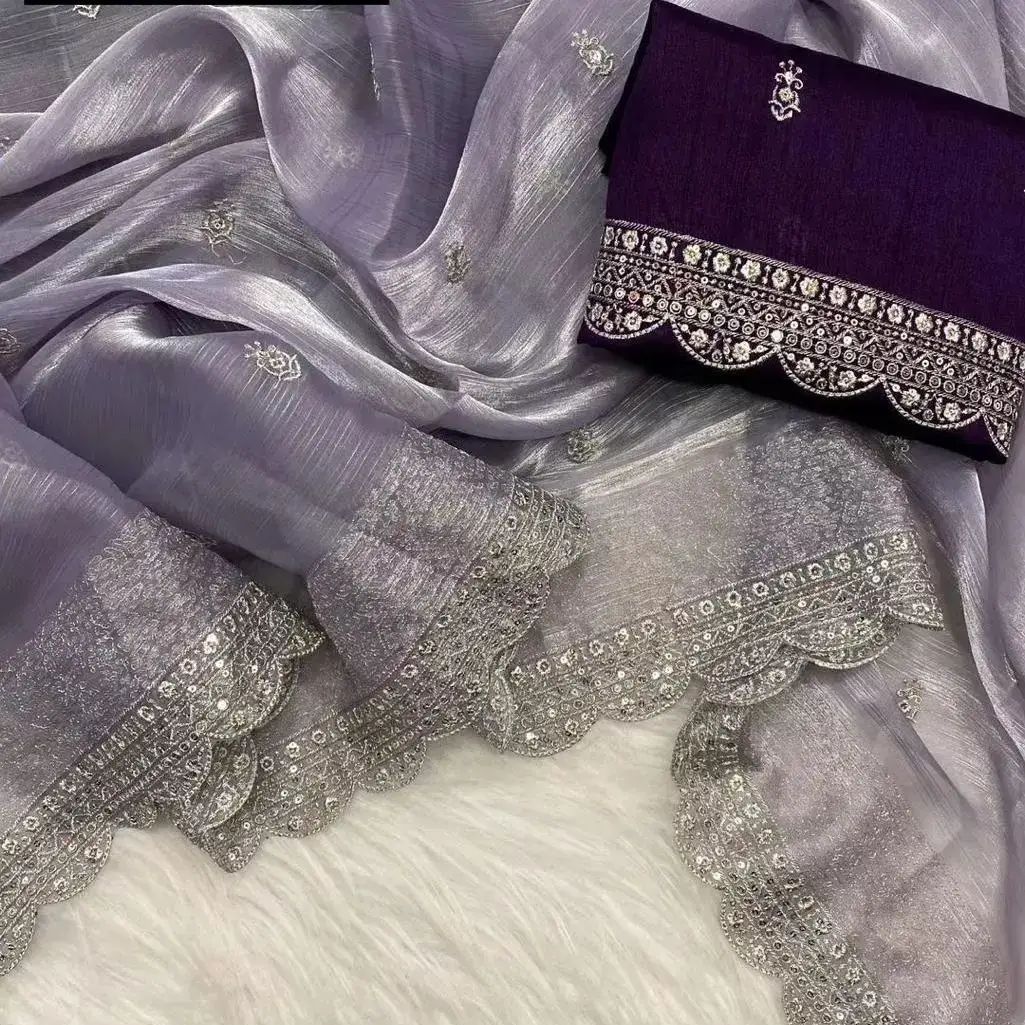
chiffon feels very lightweight and airy , people know It is an elegant fabric with a delicate texture . The fabric looks simple but gives luxurious vibe . manufacture makes chiffon from silk , nylon , polyester and rayon. People in India popularly choose chiffon sarees.
5.Crepe Fabric
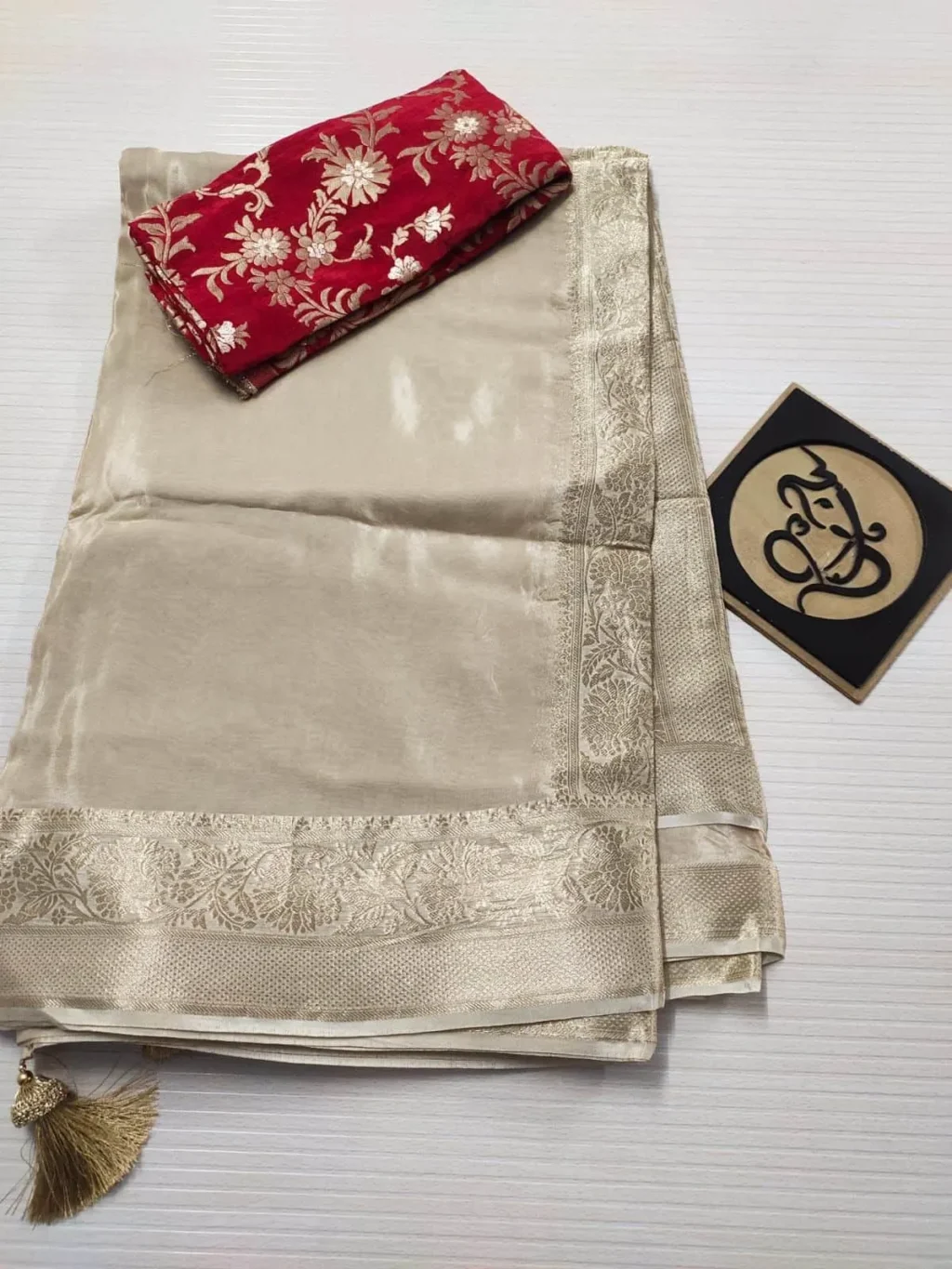
Crepe material is very lightweight and known for its unique crinkled or pebbled texture . It can be made from natural fabrics such as cotton , wool, silk , as well as synthetic fabric like polyester . Crepe made from natural fabric generally soft and comfortable on skin , which is why it is often consider skin-friend
6.Linen Fabric
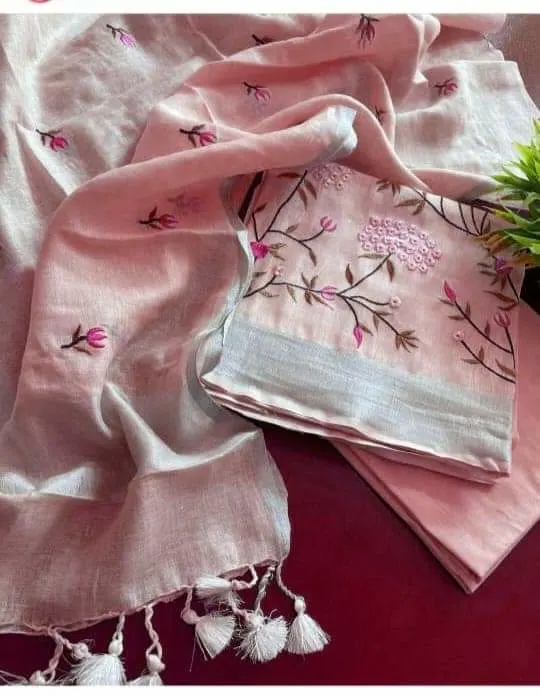
Linen saree are use the natural fabric of the flax plant. People wear these saree for their breathability and durability , and they found them comfortable in both casual and semi-formal occasions .Linen shows great strength and last long , while its crisp texture gives a drape a uniquely beautiful look.
7.Satin Fabric
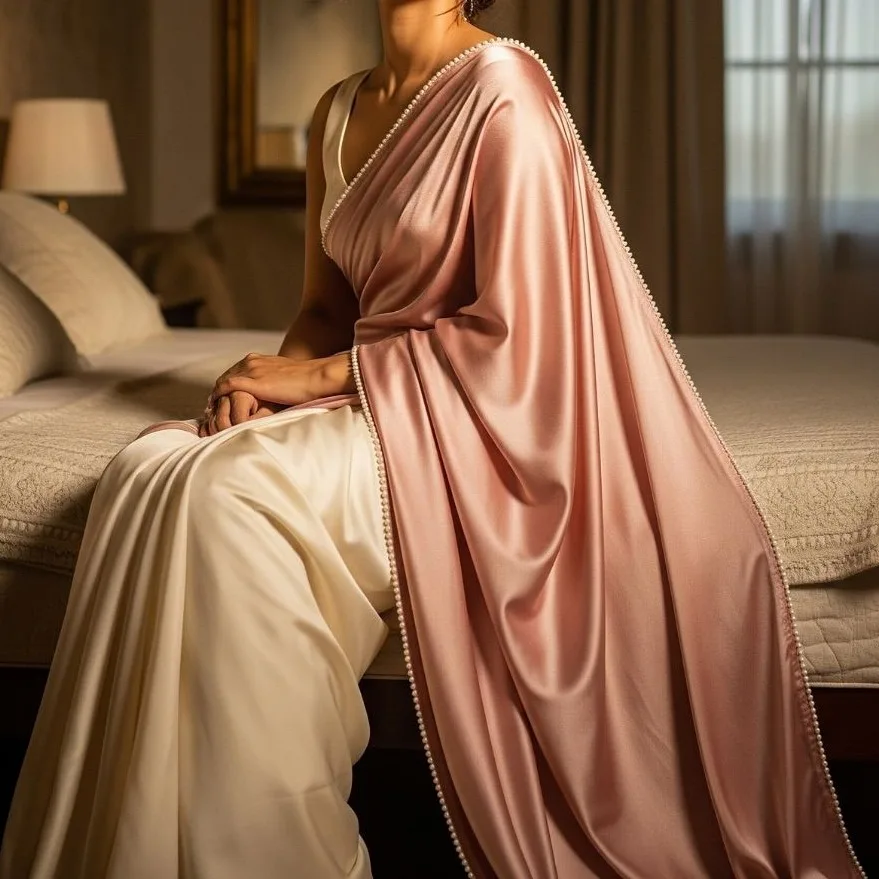
Satin gives a soft and elegant feel , and although it usually appears plain, but it always Creates a luxurious vibe. People often prefer satin for formal wear because of its smooth and luxurious finish . satin sarees are perfect choice as the fabric drapes beautifully , enhancing over all look. Satin can feel more or less comfortable in warm climates.
8.Net Fabric
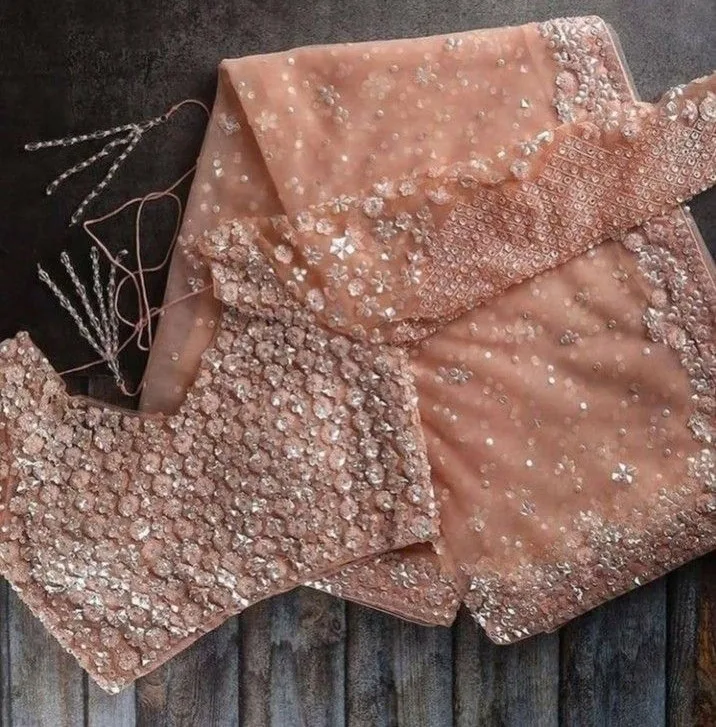
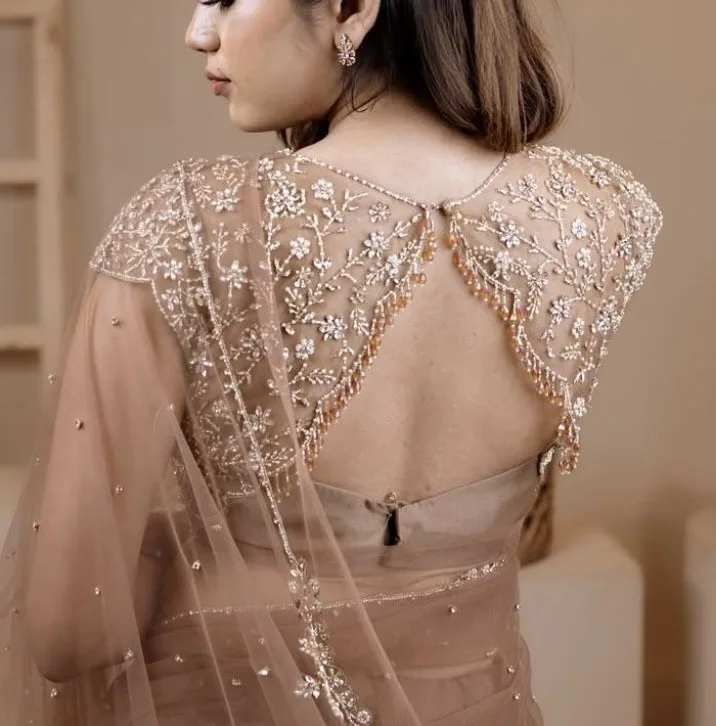
Net fabric looks transparent and allows air to pass through , which makes it light and breathable. Designers usually adorn net sarees with heavy embroidery and beautiful embellishments , and these details add elegance and grace to their look . People choose this fabric as a perfect option for grand occasions . They can wear it casually, but when artisans decorate it with intricate work, it becomes ideal for festive and formal events.
9.Velvet Fabric
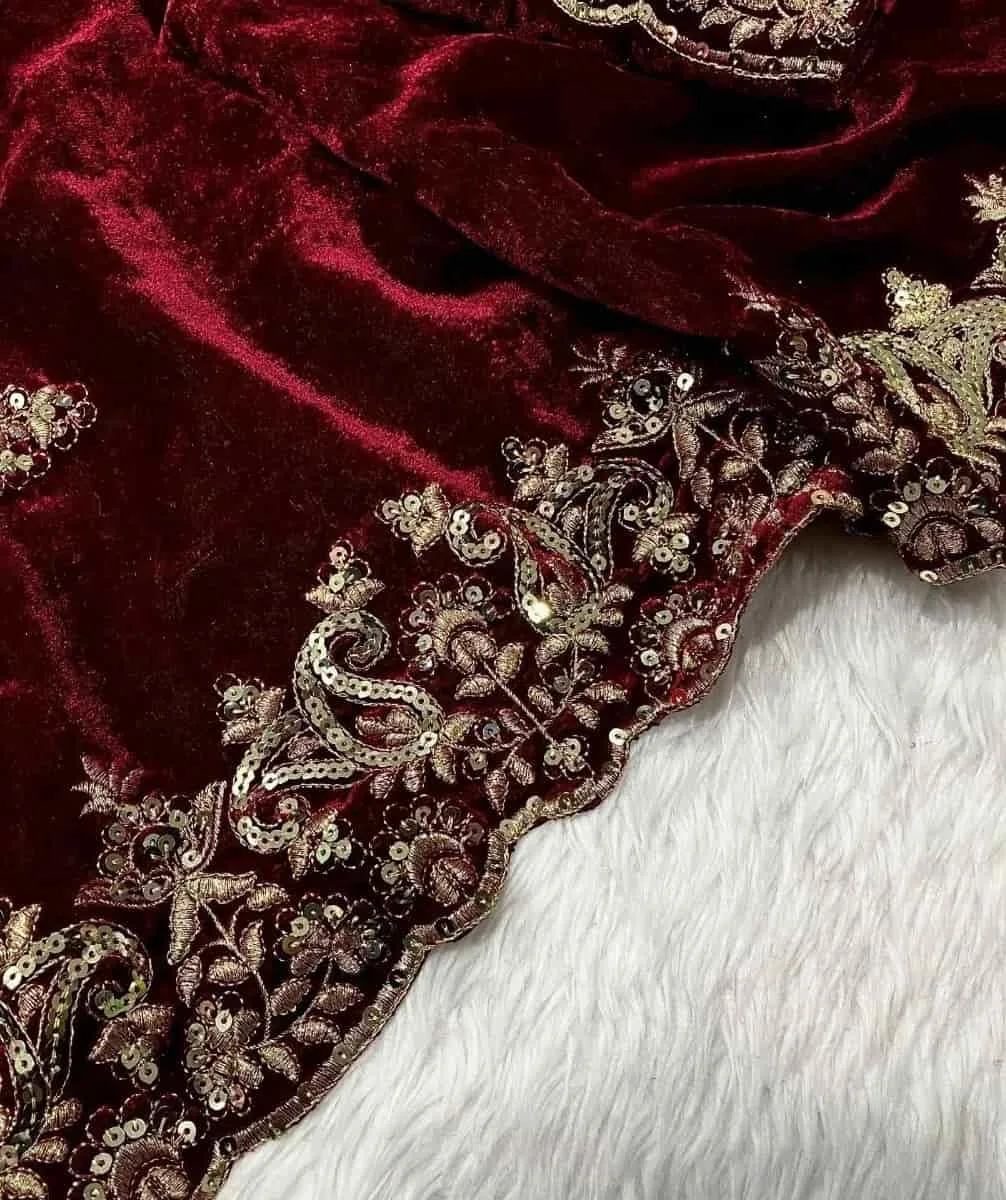
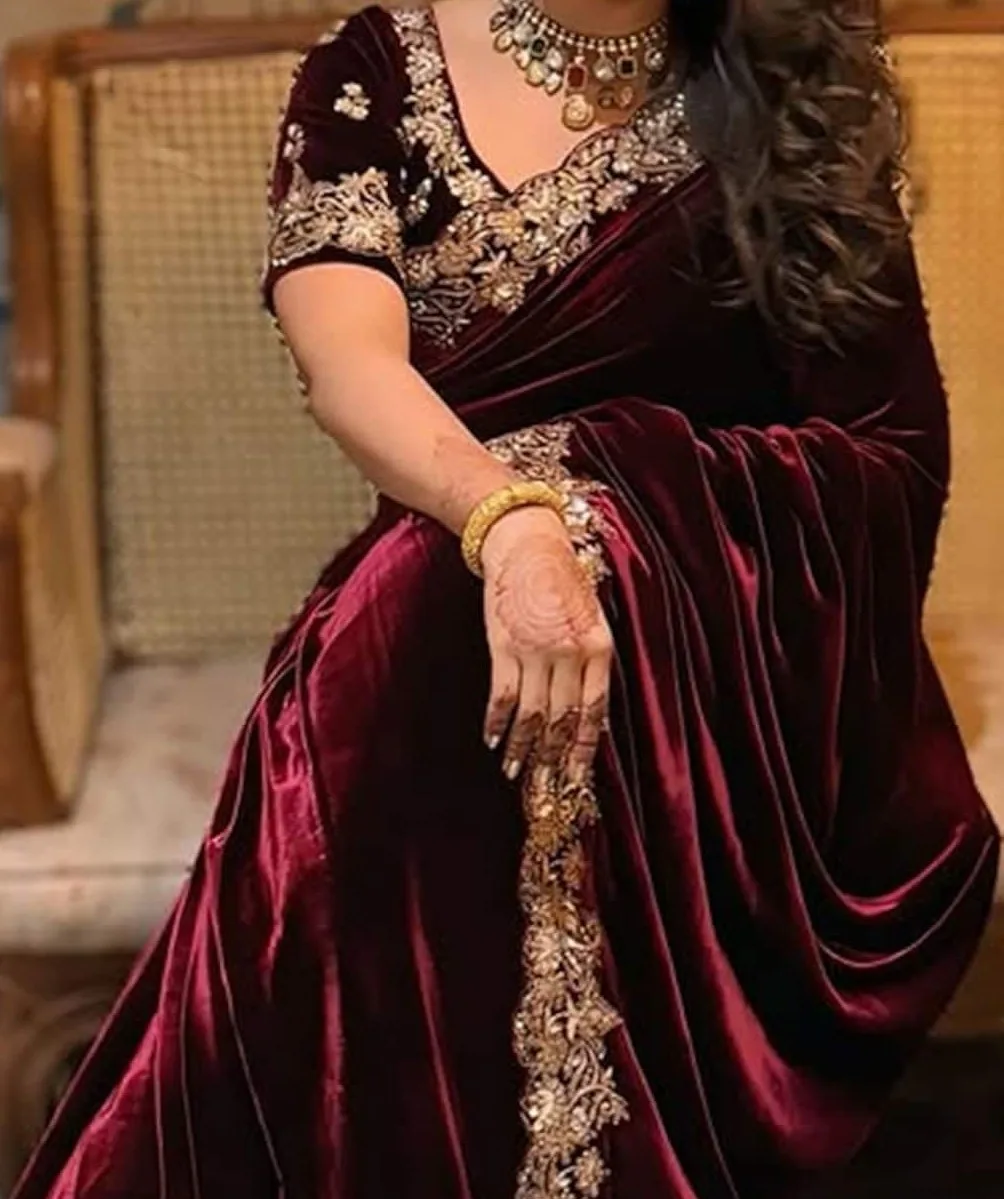
Velvet offers a soft, smooth, and plush feel. Weavers craft velvet sarees from materials like silk, cotton, or polyester. The fabric drapes more heavily than many others, and this quality gives sarees a rich, regal appearance. People often choose velvet sarees for grand occasions.
10. Organza Fabric

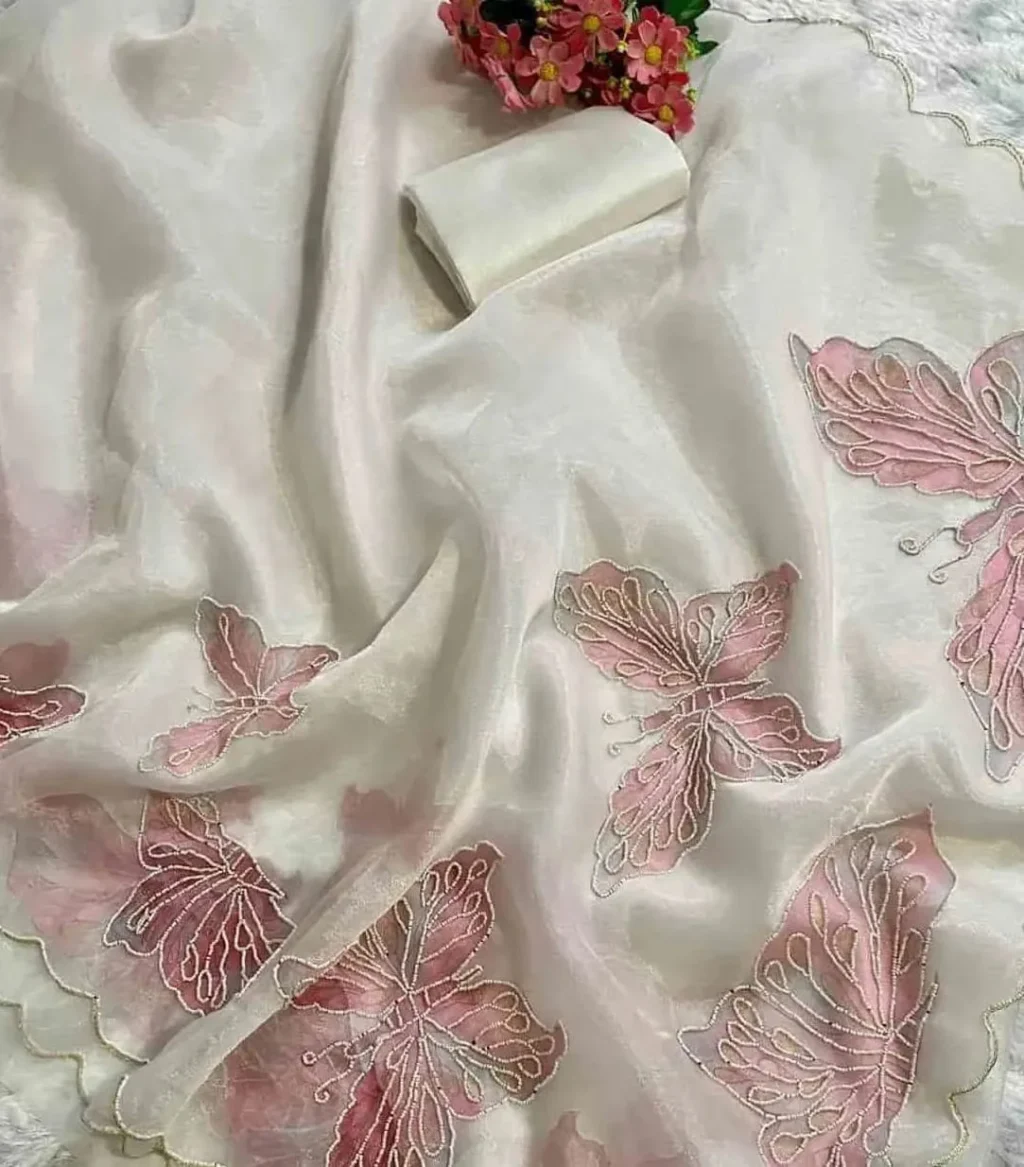
Organza offers a lightweight and sheer feel. Traditionally, Weavers made it from silk, but now they also produce it with synthetic fabric like polyester or nylon . its crisp texture creates a beautiful and structure drape in sarees.
11.Tussar Silk Fabric
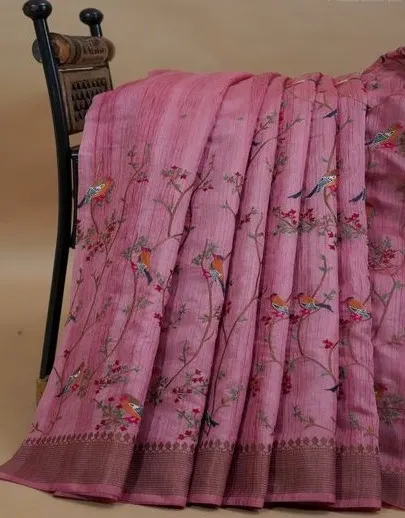
Tussar Silk is a natural fabric made from wild silkworms, known for its rich texture and golden sheen. Artisans handweave it to create elegant sarees that enhance the beauty of Indian attire. It is one of the popular choice in types of saree material & fabric for its lightweight and breathable qualities.
12. Banarasi Silk Fabric
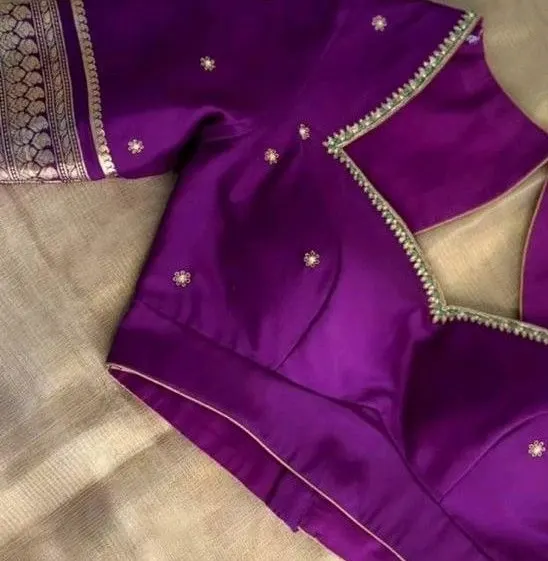

Artisans in Varanasi , Uttar Pradesh , created banarasi silk , one of the most famous saree fabric . They weave real gold and silver threads into intricate designs, reflecting a rich tradition that originally served royalty . Today people across India and the world love banarasi sarees for their luxurious look, making them a popular choice among types of saree material & fabric.
13. Polyester Fabric
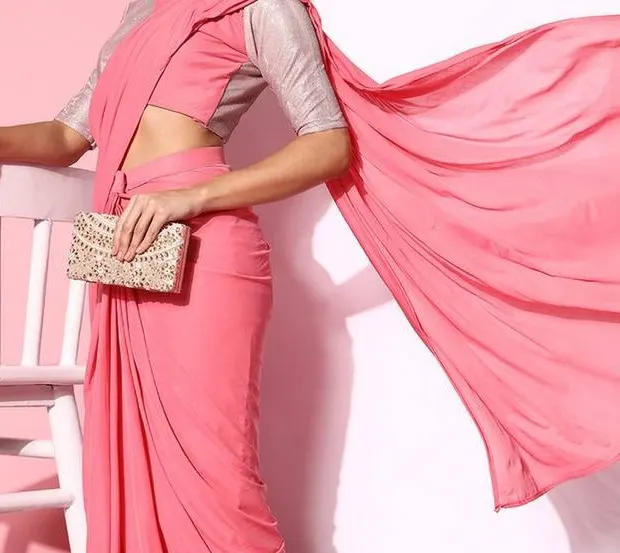
Manufacturer make polyester sarees from synthetic fibers, offering durability , affordability , wrinkle resistance and a smooth finish . This material also wicks moisture , making it a popular choice among types of saree material & fabric.
14.Rayon Fabric
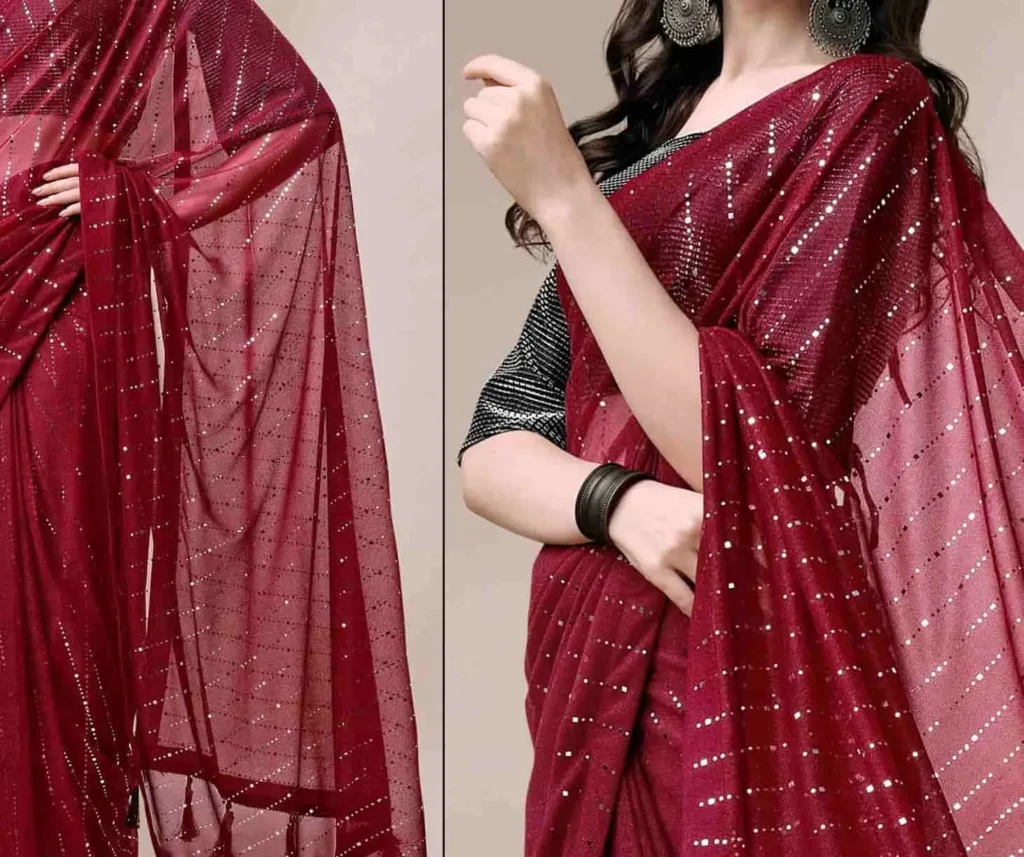
Weavers make rayon sarees from rayon , a semi-synthetic fabric derived from natural sources like wood pulp and bamboo. Moreover , with its soft , silky feel , artisans often call rayon artificial silk . Therefore , it stands out as a popular choice among types of saree material & fabric.
15.Denim Fabric

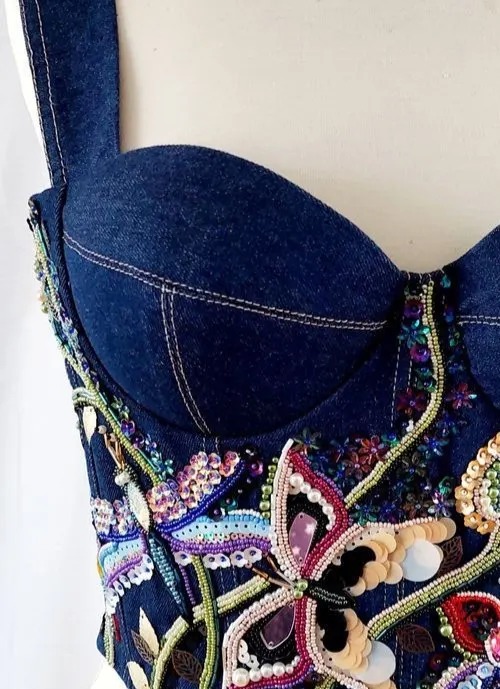
Weaver craft denim from strong cotton fabric , usually weaving it with blue , Gray , or white threads . Furthermore , it has become one of the most popular fabrics, as manufacturer use it to make jeans, jacket , dresses , overalls , and more. Therefore , denim is a versatile option among types of saree material & fabric.
Types Of Saree By Region In India.
1. Banarasi Saree:-Varanasi , Uttar Pradesh

Banarasi sarees originated from Varanasi in Uttar Pradesh and are famous for their rich zari work . Moreover , skilled artisans of Banaras craft these intricate designs, making Banarasi sarees a cherished choice among types of saree material & fabric.
2. Kanjivaram Saree:- Tamil Nadu
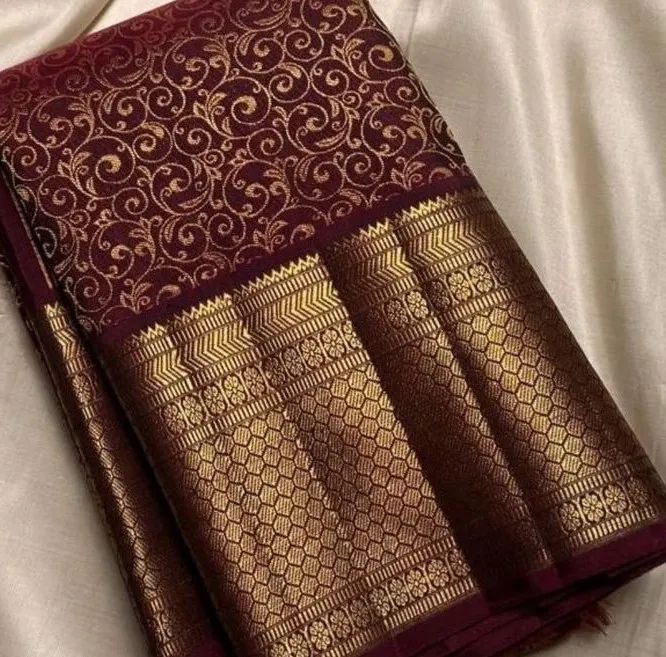
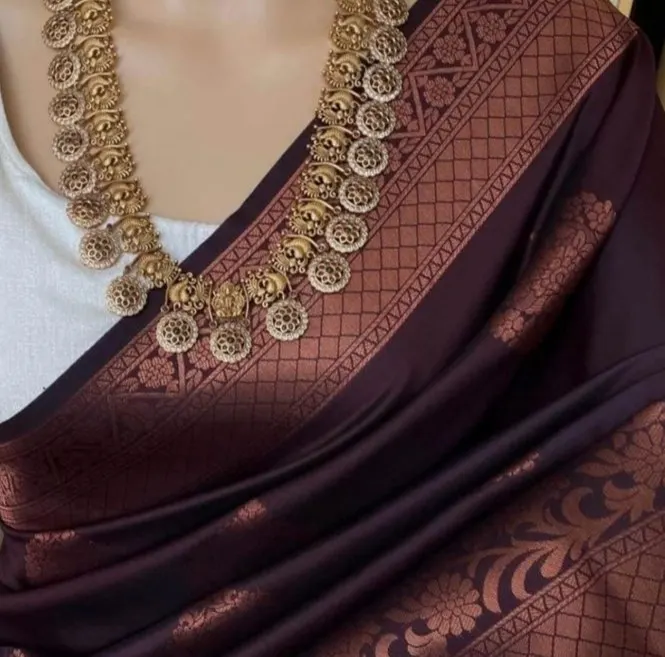
Kanjivaram sarees originate from Tamil Nadu and are renowned for their rich silk fabric and traditional temple borders , which symbolize South Indian culture. Furthermore , skilled weaver craft these exquisite designs , making kanjivaram sarees a popular choice among type of saree material & fabric.
3. Paithani Saree- Maharashtra
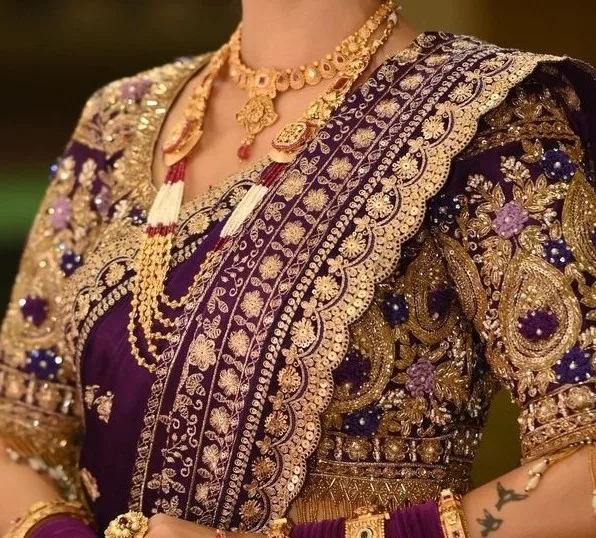
Paithani sarees originated from Maharashtra and feature elegant peacock and floral motifs. Moreover , artisans craft them from pure mulberry silk , which is why they are often called the “Queen of sarees ” . Therefore , paithani sarees hold a special place among types of saree material & fabric.
4.Bandhani Saree:- Gujarat / Rajasthan
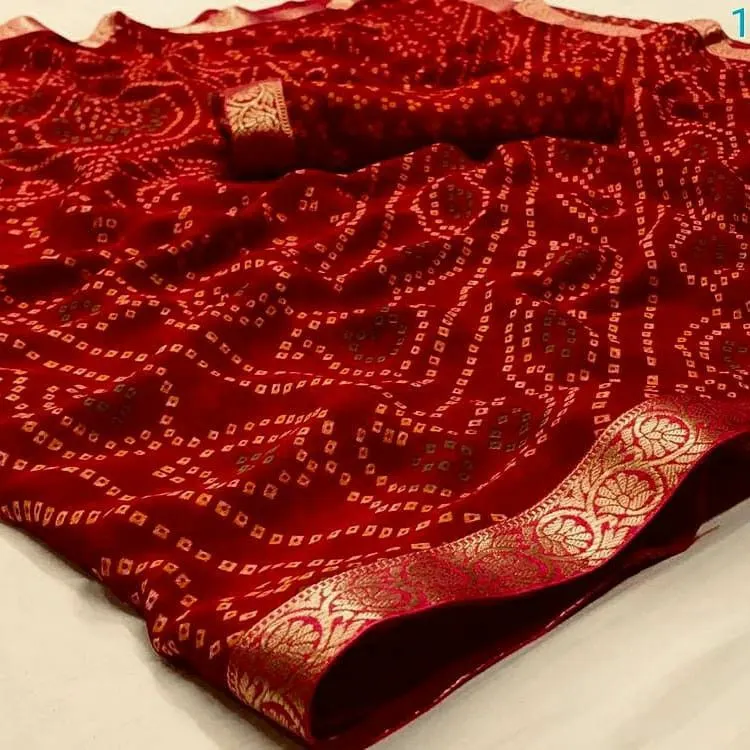
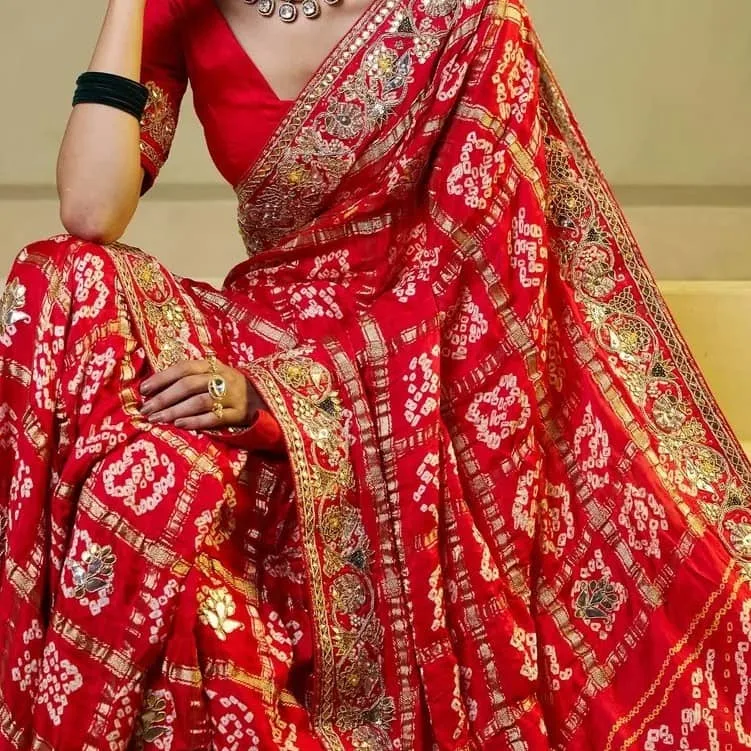
Bandhani saree originated from Gujarat / Rajasthan is famous for its tie-dye making process . The knotting process indicates the divinity of the wearer to god.
5.Patola Saree:- Gujrat
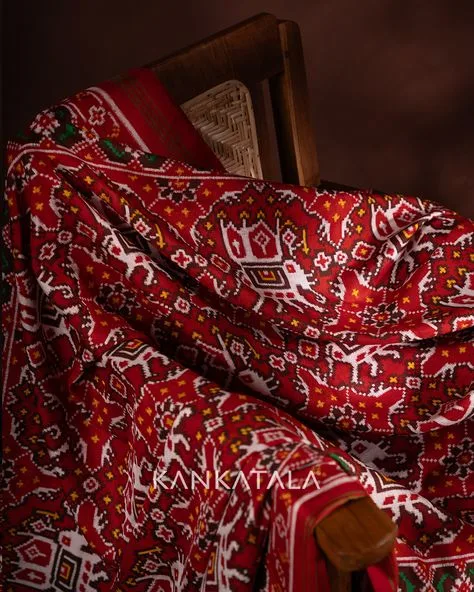
Patola saree originate from Gujarat and showcase the intricate double ikat weaving technique . Moreover , in earlier society, people considered them a symbol of wealth and status ; therefore , royalty and aristocrats often wore patola sarees . Consequently , they remain a distinguish choice .
6.Chanderi Saree :- Madhya Pradesh
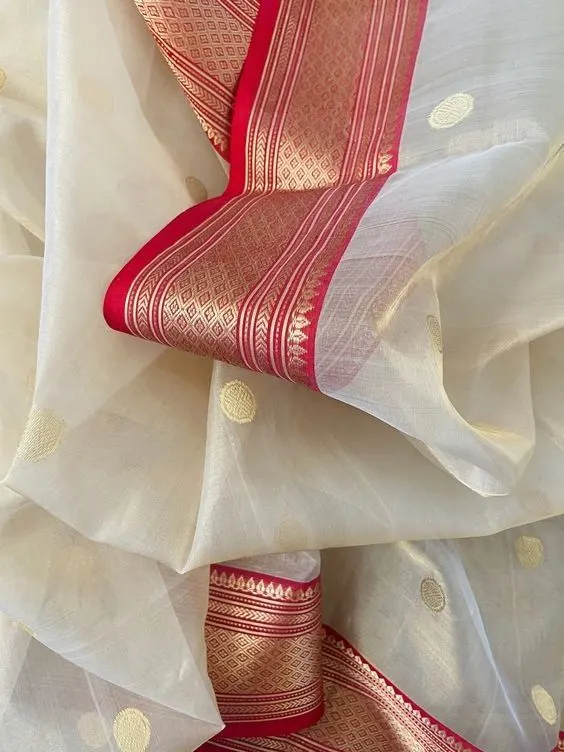
Chanderi saree originated from Madhya Pradesh is primarily known for its lightweight silk-cotton admixture which makes it both comfortable as well as sophisticated. It symbolises elegance , grace and rich tradition of Madhya Pradesh and its idiosyncratic textiles.
7.Sambalpuri Saree :- Odisha
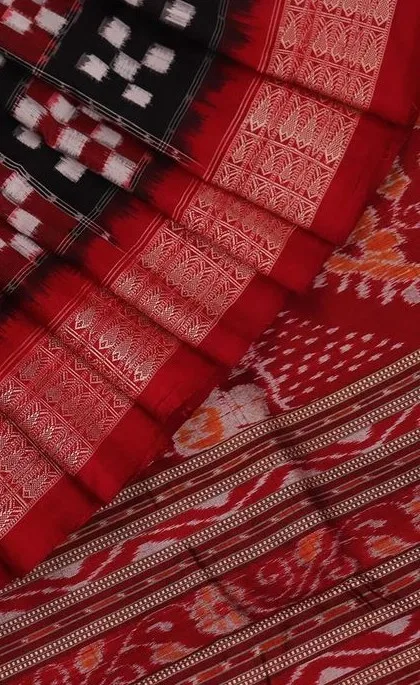
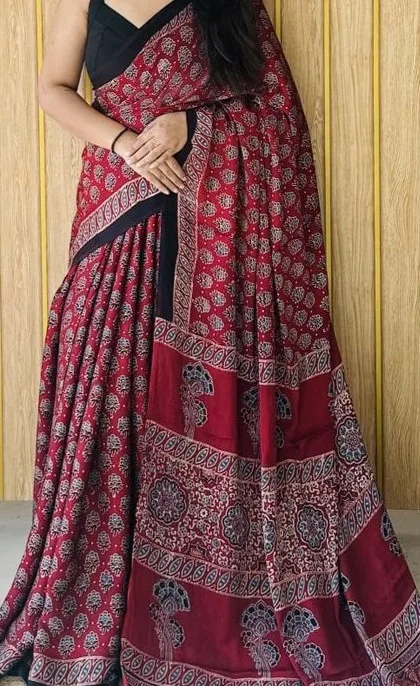
Sambalpuri saree has been emerged from Odisha and is prominent for its traditional ikat patterns . It is also hand-tailored which distinguishes it from machine-made garments.
Traditional And Modern Types Of Saree Prints.
1.Floral Print Saree
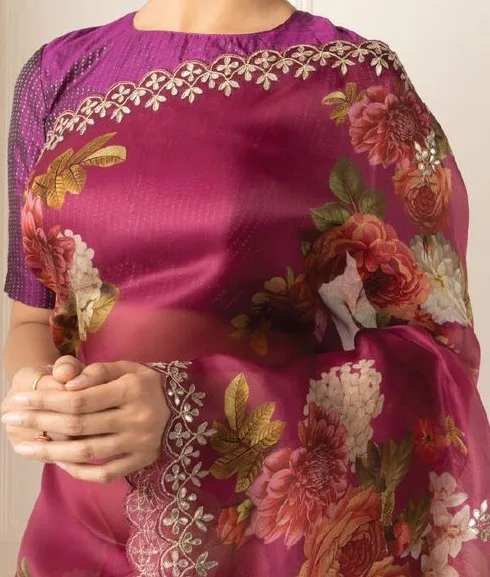
Floral saree evoke a sense of nostalgia . It also have a deep commune with nature which makes the wearer feel tranquil. The word floral has been derived from the word "Flora" which means flower.
2. Kalamkari Print Saree
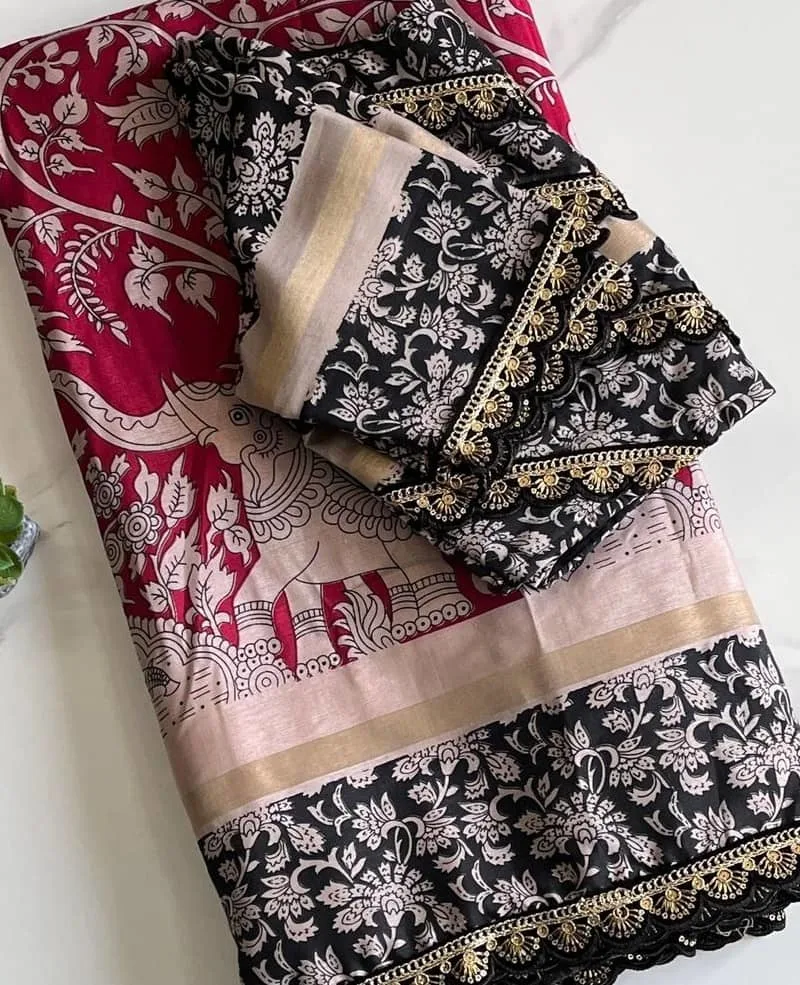
Kalamkari print denotes different mythological stories of ancient period due to its hand-made design . Each kalamkari print has an unique and extraordinary design which distinguishes it from others and adds an another masterpiece to one's wardrobe .
3.Bandhani Print Saree
4.Abstract and geometric Print Saree
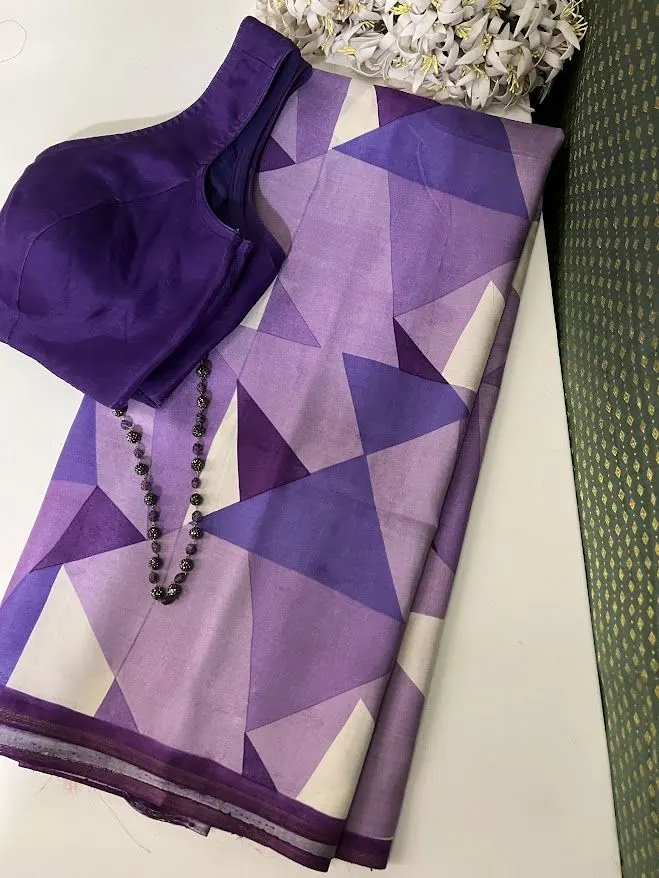
Abstract and geometric print offers an unique and sophisticated stylish look which gives a modern vibe with a admixture of traditional Indian attire . The prints are quirky which makes it even more eye-catchy.
5.Digital Print Saree
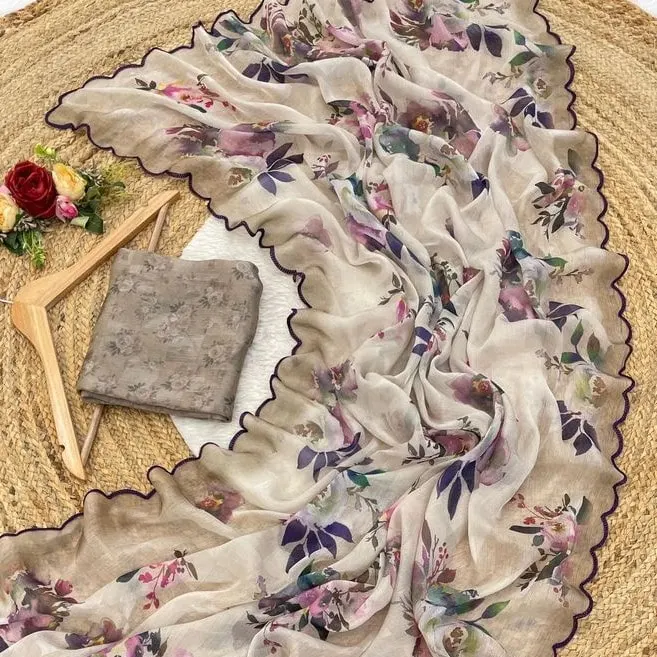
Digital print offers a limitless designs on fabrics with different vibrant colours. These prints are usually made on fabrics like chiffon and georgette which provides lightweight comfort to the wearer.
Types of saree borders
1.Zari Border Sarees
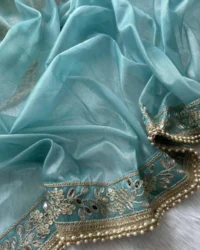
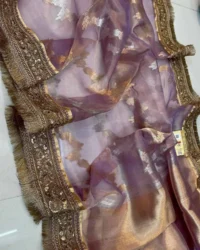
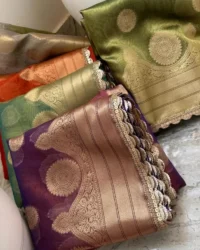
Zari borders are derived from Gujrat. These border are made from silver and golden metallic threads . These bordered sarees were worn by ladies of well-to-do families to showcase wealth and royalty .
2. Net borders Sarees
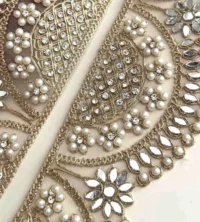
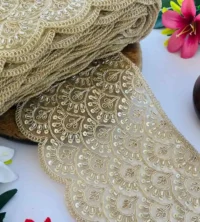
Net borders are made from net fabric which provides intense lightweight comfort and modern simplistic look .
3.Temple Border Sarees
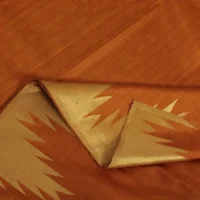
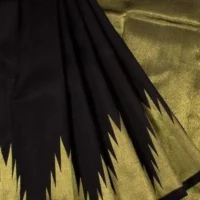
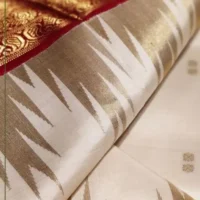
Temple border has been inspired from architectural south Indian temples and it represent the rich heritage of south Indians towards their religion.
4. Patchwork Border Sarees
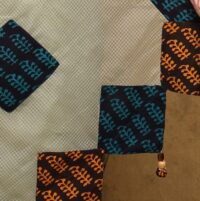
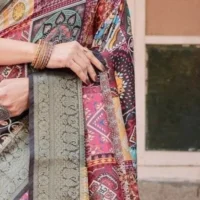
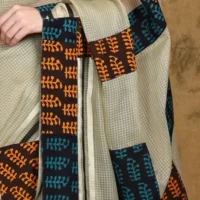
Patchwork borders are created by sewing different types of fabrics altogether to give a collage effect and to make it eye-catchy .
5.Floral Border Sarees
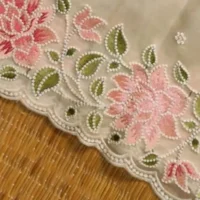
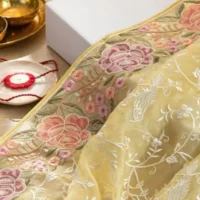

Floral border depicts meaningful flowers together like lotuses and marigold to give an aesthetic vibrant look .
Frequently Ask Questions ( FAQs):-
Q1. Which saree draping style is the most common in India?
Ans:- Among various saree draping styles, the Nivi drape is the most common saree draping style in India . Moreover , women across different regions prefer this style because it is elegant , versatile , and easy to wear.
Q2.What is different between handloom sarees and machine -made sarees ?
Ans:- Handloom sarees highlight tradition because artisans weave them by hand in natural types of saree material & fabric like cotton and silk . In contrast , machine-made sarees ensure speed and uniformity as power looms produce them in synthetic types of saree material & fabric such as georgette and. chiffon.
Q3. Why does each Indian state have different saree types ?
Each Indian state offers different types because culture ,climate ,and weaving traditions vary across regions. For example , states like Tamil Nadu and Karnataka produce silk sarees due to their rich sericulture . Meanwhile state such as West Bengal and Odisha create cotton sarees that suit humid climates . Furthermore , artisans in every region use unique techniques and motifs , which add diversity to the types of saree material & fabric . Therefore , the variety of sarees across states reflects India’s culture richness.
Conclusion
In conclusion , the types of saree material and fabric showcase the richness of Indian Tradition . Moreover , the variety of types of saree by region reflects culture diversity , while the intricate type of saree border add elegance and uniqueness . Therefore , sarees continue to represent India’s heritage with timeless beauty and craftsmanship.
